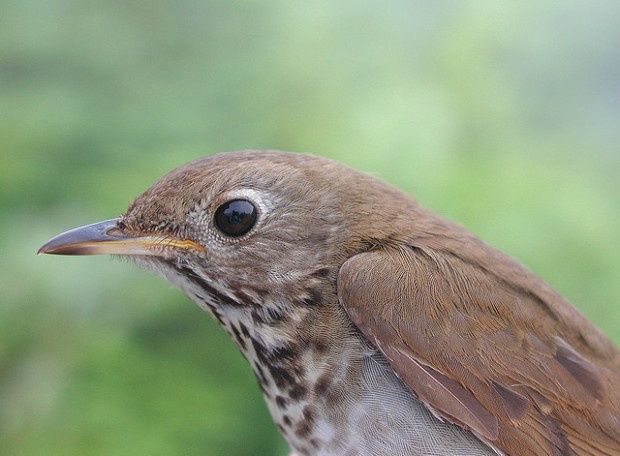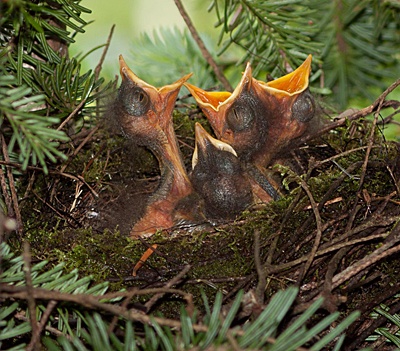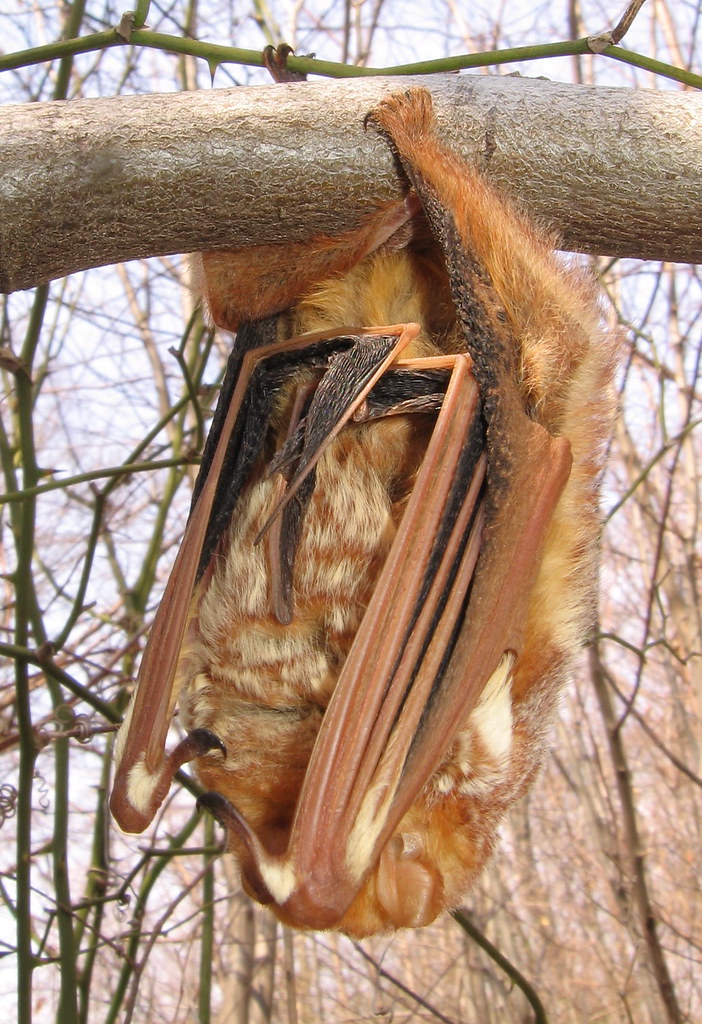We have much more to do and your continued support is needed now more than ever.
Looking Out for Bicknell’s Thrushes in New Hampshire and Beyond
Despite closing down in 1984, the Mittersill Ski Area in New Hampshire’s White Mountains never stopped attracting skiers. Wooed by the challenging terrain, these adventure seekers risked getting injured or lost in the unpatrolled landscape. To address this problem, the State of New Hampshire—which acquired most of the property in 1989—and the U.S. Forest Service—which obtained the upper slopes—agreed in 2009 to an exchange of land that would enable the State to manage the old Mittersill Ski Area for backcountry skiing. But first they considered how their actions would impact the Bicknell’s thrush, a species of special concern in the state.

Earlier this month, NHA senior biologist Laura Deming completed the 2013 survey, noting the condition of the habitat and the locations of the birds she heard. “Things look good,” she reports, describing the importance of careful management of the tract. The Mittersill partners “do our best” to balance conservation with winter recreation opportunities, says Deming.
While suitable breeding habitat for Bicknell’s thrush is fairly abundant throughout the White Mountains and other high-elevation areas of the Northeast, the species has disappeared from the southern fringe of its original U.S. breeding range. Predation, acid precipitation and habitat loss and degradation are among the contributing factors to population declines. But scientists are also concerned about climate change.

New Concerns for Migratory Thrushes
According to a recently released NWF report, Shifting Skies: Migratory Birds in a Warming World, increasing temperatures are driving the thrush’s cold-adapted forest habitats upslope as spreading hardwood forests encroach from lower elevations. “The balsam fir and red spruce favored by Bicknell’s thrush in these forests are declining and are expected to continue to decline as climate change advances,” the report says. Indeed, a 5- to 6-degree-Fahrenheit increase in July temperatures, consistent with expectations given current trends in carbon pollution, could result in a loss of nearly 90 percent of the bird’s habitat in the United States.
All that being said, “if we don’t talk about the wintering grounds, we’re in trouble,” says Pam Hunt, avian conservation biologist at NHA. The entire world population of Bicknell’s thrush winters in the Caribbean, with 90 percent of the birds concentrated on the island of Hispaniola. There, less than 10 percent of native forest cover remains, due largely to logging and subsistence farming. Potentially exacerbating the loss of wintering habitat, droughts are predicted to become more severe as climate change takes hold. Neotropical migrants such as the Bicknell’s thrush may be more vulnerable than less migratory species, says Hector Galbraith, an NWF scientist based in Vermont, “because they integrate as a global scale all the different aspects of climate change rather than just one aspect.”
NHA is a partner in the International Bicknell’s Thrush Conservation Group, whose overall charge is to implement a conservation action plan designed to address threats faced by the thrush throughout its life cycle.
Speak Up for Wildlife
![]() You can act now to help thrushes and other wildlife affected by climate change.
You can act now to help thrushes and other wildlife affected by climate change.





















